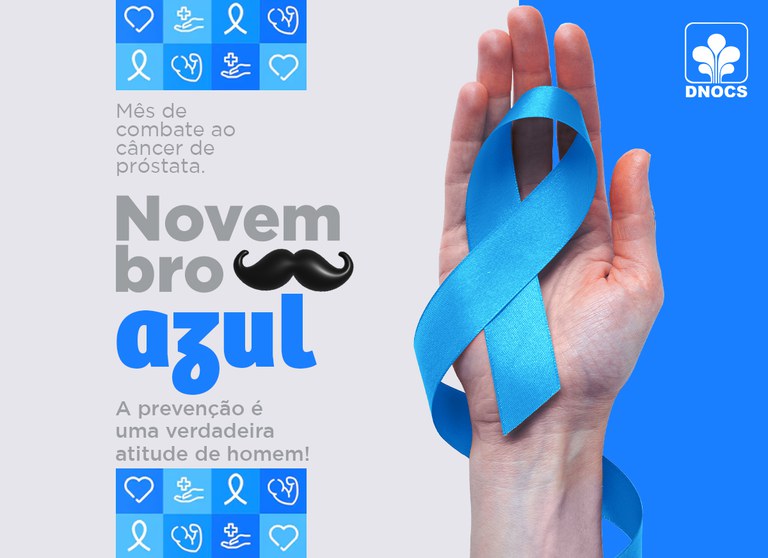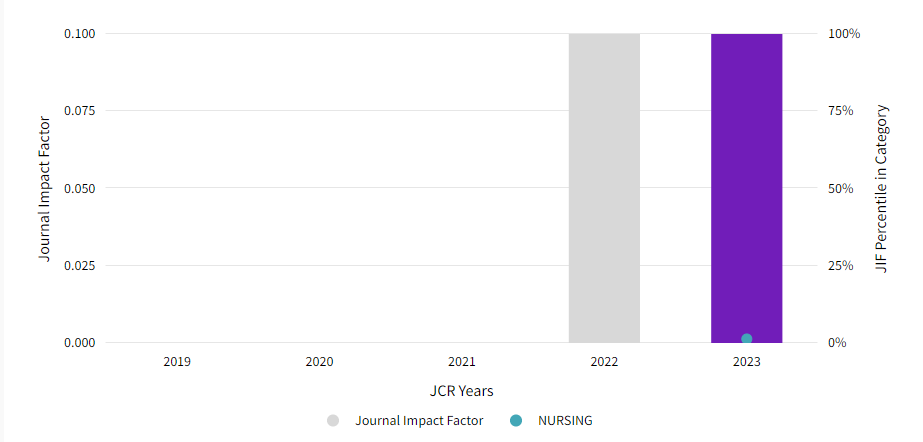Educational technologies concerning falls prevention of hospitalized children / Tecnologias educacionais na prevenção de queda em crianças hospitalizadas
DOI:
https://doi.org/10.9789/2175-5361.rpcfo.v13.8243Keywords:
segurança do paciente, acidentes por quedas, tecnologias educacionaisAbstract
Objetivo: identificar na literatura nacional e internacional tecnologias educacionais utilizadas com vistas à prevenção de queda em criança hospitalizada. Métodos: revisão integrativa, nas bases LILACS, MEDLINE e BDENF (via BVS), CINAHL e PUBMED em abril de 2018, utilizando Decs/Mesh escolhidos a partir da estratégia PICO, sem delimitação do período de publicação. Resultados: nove artigos foram analisados. A maioria publicada em periódicos internacionais e por enfermeiros. Os temas predominantes são: modo de uso e eficácia de instrumentos para identificação do risco de queda em crianças hospitalizadas; desenvolvimento de programas de prevenção de queda, utilizando estratégias multifacetadas; e uso de sistema de treinamento de profissionais através da Web com vistas à segurança do paciente. Conclusão: as tecnologias educativas tem se mostrado úteis para facilitar o treinamento de profissionais e familiares, bem como para subsidiar a prática dos enfermeiros na prevenção de eventos adversos, como a queda, reduzindo a ocorrência deste.
Downloads
References
Ministério da Saúde (BR). Anexo 01: Protocolo de Prevenção de Quedas. Protocolo integrante do Programa Nacional de Segurança do Paciente [Internet]. 2013 [citado 2017 mai. 1]. Available at: http://www.saude.mt.gov.br/upload/controle-infeccoes/pasta12/protocolos_cp_n6_2013_prevencao.pdf
Ministério da Saúde (BR). Documento de referência para o Programa Nacional de Segurança do Paciente [Internet]. 2014 [citado 2018 mai. 17]. Available at: http://bvsms.saude.gov.br/bvs/publicacoes/documento_referencia_programa_nacional_seguranca.pdf
Ganz DA, Huang C, Saliba D, Shier V, Berlowitz D, VanDeusen Lukas C, et al. Preventing falls in hospitals: a toolkit for improving quality of care. AHRQ Publication [Internet]. 2013 [cited 2017 Dec 3]. Available from: https://www.ahrq.gov/sites/default/files/publications/files/fallpxtoolkit_0.pdf
Fujita Y, Fujita M, Fujiwara C. Pediatric falls: effect of prevention measures and characteristics of pediatric wards. Jpn J Nurs Sci. 2013; 10:223-231. doi: 10.1111/jjns.12004. Epub 2013 Jan 25.
AlSowailmi BA, AlAkeely MH, AlJutaily HI, Alhasoon MA, Omair A, AlKhalaf HA. Prevalence of fall injuries and risk factors for fall among hospitalized children in a specialized children’s hospital in Saudi Arabia. Ann Saudi Med. 2018; 38(3): 225–229. doi: 10.5144/02564947.2018.225.
Silva MM, Curty BIC, Duarte SCM, Zepeda KGM. Gestão de segurança de enfermagem em enfermarias de oncohematologia pediátrica. Rev Rene [Internet] 2014 [citado 2018 abr. 21]; 15(6):915-24. Available at: http://periodicos.ufc.br/rene/article/view/3278/2519
Wegner W, Silva SC, Kantorski KJC, Predebon CM, Sanches MO, Pedro ENR. Educação para cultura da segurança do paciente: implicações para a formação profissional. Esc Anna Nery [Internet]. 2016 [citado 2018 abr. 21]; 20(3):e20160068. Available at: http://www.scielo.br/pdf/ean/v20n3/1414-8145-ean-20-03-20160068.pdf
Paim LMD, Nietsche EA, Lima MGRL. História da Tecnologia e sua evolução na assistência e no contexto do cuidado de enfermagem in Tecnologia cuidativo-educacionais: uma possibilidade para o empoderamento do (a) enfermeiro(a)? Porto Alegre: Moriá; 2014.
Áfio ACE, Balbino AC, Alves MDS, Carvalho LV, Santos MCL, Oliveira NR. Análise do conceito de tecnologia educacional em enfermagem aplicada ao paciente. Rev Rene. 2014; 15(1):158-165. doi: 10.15253/2175-6783.2014000100020
Soares CB, Hoga LAK, Peduzzi M, Sangaleti C, Yonekura T, Silva DRAD. Revisão integrativa: conceitos e métodos utilizados na enfermagem.
Rev Esc Enferm USP. 2014; 48(2):335-45. doi: http://dx.doi.org/10.1590/S0080-6234201400002000020
Galvão TF, Pansani TSA, Harrad D. Principais itens para relatar Revisões sistemáticas e Meta-análises: a recomendação PRISMA. Epidemiol Serv Saude [Internet]. 2015 [citado 2018 abr. 21]; 24(2):335-342. Available at: http://www.scielo.br/pdf/ress/v24n2/2237-9622-ress-24-02-00335.pdf
Rouse MD, Close J, Prante C, Boyd S. Implementation of the humpty dumpty falls scale: a quality-improvement project. J Emerg Nurs. 2014; 40(2):181-6. doi: http://dx.doi.org/10.1016/j.jen.2012.11.001
Harvey K, Kramlich D, Chapman J, Parker J, Blades E. Exploring and evaluating five paediatric falls assessment instruments and injury risk indicators: an ambispective study in a tertiary care setting. J Nurs Manag. 2010; 18(5):531-41. doi: https://doi.org/10.1111/j.1365-2834.2010.01095.x
Messmer PR, Williams PD, Williams AR. A case–control study of pediatric falls using electronic medical records. Rehabil Nurs. 2013; 38(2):73-9. doi: https://doi.org/10.1002/rnj.73
Kramlich DL, Dende D. Development of a Pediatric Fall Risk And Injury Reduction Program. Pediatr Nurs [Internet]. 2016 [cited 2017 Oct 10]; 42(2):77-82. Available from: https://www.pediatricnursing.net/issues/16marapr/
McKinley C, Fletcher A, Biggins A, McMurray A, Birtwhistle S, Gardiner L, Lampshire S, Noake N, Lockhart J. Evidence-based management practice: reducing falls in hospital. Collegian. 2007; 14(2):20-5. doi: https://doi.org/10.1016/S1322-7696(08)60551-X
Tung TH, Liu MC, Yang JY, Syu WY, Wu HP. Useful methods in preventing accidental falls from the bed in children at the emergency department. Eur J Pediatr. 2009; 168(11):1323-6. doi: https://doi.org/10.1007/s00431-009-0928-x
Gonzalez J. From evidence to outcomes: promoting pediatric fall prevention around the world. J Nurs Adm [Internet]. 2016 [cited 2018 Apr 21]; 46(5):232-4. Available from: https://journals.lww.com/jonajournal/Citation/2016/05000/From_Evidence_to_Outcomes__Promoting_Pediatric.2.aspx
Bandeira LE, Wegner W, Gerhardt LM, Pasin SS, Pedro ENR, Kantorski KJC. Educational conducts on patient safety to family members of hospitalized children: multiprofessional team records. Reme rev min enferm. 2017; 21:e-1009. doi: http://www.dx.doi.org/10.5935/1415-2762.20170019
Muranaka Y, Adachi M, Toda Y, Hattori, Yoshitake. A web-based training system for elevation nursing student’s risk sensitivity. Studies in health technology and informatics. 2009; 146:849. doi: http://dx.doi.org/10.3233/978-1-60750-024-7-849
Pauley BJ, Houston LS, Cheng D, Johnston DM. Clinical relevance of the Humpty Dumpty Falls Scale in a pediatric specialty hospital. Pediatr Nurs [Internet]. 2014 [cited 2018 Apr 21]; 40(3):137-42. Available from: https://www.pediatricnursing.net/issues/14mayjun/
Koh S L S, Hafizah N, Lee J Y, Loo Y L, Muthu R. Impact of a fall prevention programme in acute hospital settings in Singapore. Singapore Med J [Internet]. 2009 [cited 2017 Oct 10]; 50(4):425-32. Available from: http://www.smj.org.sg/sites/default/files/5004/5004a15.pdf
Valcarenghi RV, Santos SSC, Hammerschmidt KSA, Barlem ELD, Gomes GC, Silva BT. Institutional actions based on nursing diagnoses for preventing falls in the elderly. Rev Rene [Internet]. 2014 [cited 2018 Apr 21]; 15(2):224-32. Available from: http://www.periodicos.ufc.br/index.php/rene/article/view/3127/2401
Salvador PTCO, Costa TD, Gomes ATL, Assis YMS. Patient safety: characterization of YouTube videos. Rev Gaucha Enferm. 2017; 38(1):e61713. doi: http://dx.doi.org/10.1590/1983-1447.2017.01.61713
Schepens SL, Panzer V, Goldberg A. Randomized controlled trial comparing tairoling methods of multimedia-based fall prevention education for community-Dwelling older adults. Am J Occup Ther. 2011; 65(6): 702–9. doi: http://dx.doi.org/10.5014/ajot.2011.001180
Farias QLT, Rocha SP, Cavalcante ASP, Diniz JL, Ponte Neto OA,Vasconcelos MIO. Implicações das tecnologias de informação e comunicação no processo de educação permanente em saúde. RECIIS. 2017; 11(4): 1-11. e-ISSN 1981-6278. doi: http://dx.doi.org/10.29397/reciis.v11i4.1261
Published
Versions
- 2021-06-09 (2)
- 2021-05-13 (1)
How to Cite
Issue
Section
License
Copyright (c) 2021 JRFCO

This work is licensed under a Creative Commons Attribution-NonCommercial-NoDerivatives 4.0 International License.
TRANSFER AGREEMENT COPYRIGHT I transfer copyright of the article to the Journal of Care Survey is Fundamental - Online - RPCF, so it is accepted due to electronic publishing. The copyright includes the right to reproduce in whole or in part by any means, distributing that article, including figures, photographs, and any translations. The author can also print and distribute copies of your article, stating that since the rights belong to RPCF. I declare that this manuscript is original and has not been submitted for publication, in whole or in part to other online journals or not, so BMMC in the Annals of scientific events or book chapters.




























